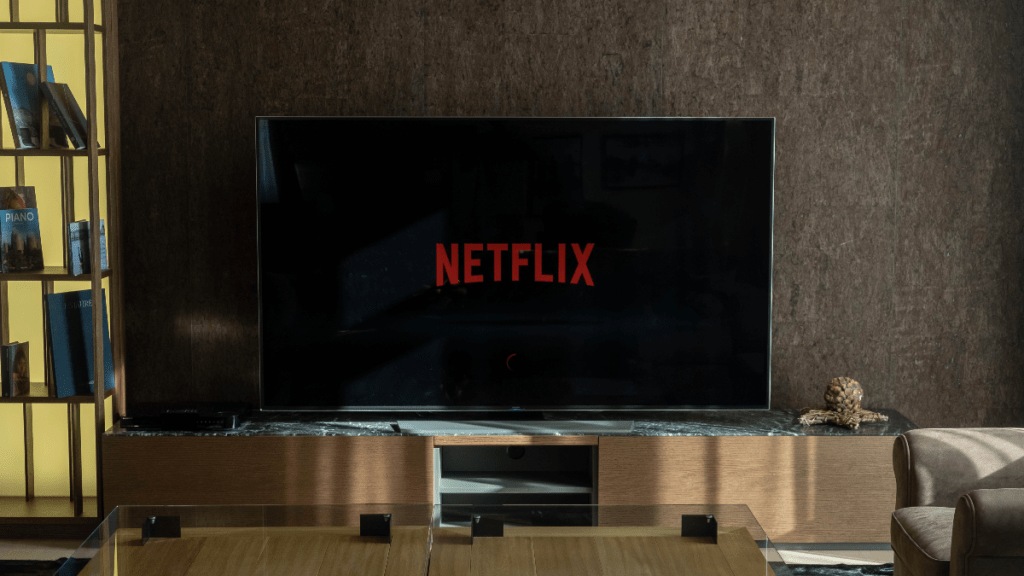Bill Gates in his essay said, “Content is king”, and surely it is but one cannot forget that the audience is queen. For years linear TV was the source of content or entertainment for viewers but over the years too, it has undergone a series of changes with the arrival of video-on-demand platforms. While countries such as the US, and the UK, besides European nations, have already begun to see the phenomenon of cord-cutting, in India if it is to be believed currently this behaviour is restricted to urban cities, as the country still has media dark areas. “While India is a content-driven market and sees a lot of value in the OTT platforms, it is going to be a while before linear TV loses its charm. It’s my view that OTT, CTV and linear TV will continue to co-exist for a long time before the entire market shifts to OTT or CTV because linear TV is still actively penetrating tier-2 and 3 markets,” Vinita Shah, a senior media and sports consultant, told Brandwagon Online.
The number of television households in India stood at 226 million in 2022 as per the latest finding by market research firm, Statista. Factoring in a possible rise in cord-cutting trends in the country over the years to come, the total number of TV households is expected to grow to 248 million by 2026, the report stated.
Shortcode:
Houston, we have a problem!
To be sure, Reed Hastings, chairman of the board of directors, Netflix, has been very brazen about his thoughts on the future of linear TV, when he said, “It’s definitely the end of linear TV over the next five to 10 years,” during Netflix’s second-quarter earnings call this fiscal. Next in line was Bob Iger, CEO, The Walt Disney Company, who also announced that linear cable channels ‘might not be core to Disney’, citing a decline in cable subscription numbers. If anything, the decline in the number of TV households proves the reasons behind more and more content companies hedging its bets. The number of pay TV households has decreased in the US market, as per market intelligence platform, Statista. The number of PayTV households in 2022 amounted to 65.1 million households, a steep decline from 100.5 million households in 2013 and 2014. The number is expected to go down further to approximately 47.8 million households by 2027 as the trajectory of OTT platforms continues to go upwards. “Why the West is more prone to cord cutting is the TV rates are higher compared to OTT rates, while its exactly the opposite in India, and it may take some while before we reach that kind of a situation in India,” Ashish Pherwani, Leader – Media and Entertainment, EY, explained.
The share of consumers having a subscription video-on-demand (SVOD) service in the US from 2015-2023 has shown an upward trend. According to a survey by Leichtman Research Group, approximately 83% of respondents have subscribed to an OTT platform in 2023 in comparison to the 52% in 2015.
India going strong
The video-on-demand market has developed a strong foothold in the Indian market, especially during the pandemic. Much of this growth has been fueled by the rise of affordable smartphones and cheap data rates. Yet, another reason is the availability of free content on some of these platforms. Nonetheless, most of these platforms now offer a combination of free-to-view content as well as paid content under the ‘freemium’ model. Interestingly Industry experts believe that cord-cutting as a phenomenon has made its way to the Indian shores. “Nowadays, people would rather buy a smartphone and a pair of earphones over a TV because a TV is a far more expensive investment due to the entire DTH setup that comes with the dish antenna, and set-top box while with a smartphone, you get a HD picture quality with a better sound quality with the earphones,” Meenakshi Menon, founder, Spatial Access, a Deloitte business, said.
Television viewership in India has declined since 2020, measuring an average minute audience (AMA) of approximately 1.47 trillion in 2022, as per data provided by Statista. The spike in viewership in 2020 was attributed to COVID-19, restricting people to their homes thereby increasing television viewing. Despite the decrease in viewership in 2022, television continued to be the country’s largest media, reaching over 500 million households. Compared to this
the number of pay TV households in India has shown an upward trajectory. The number of pay TV households in India increased to 164.1 million in 2021 from 149.19 million in 2016. It is estimated that the number of pay TV households will reach 180.7 million in 2026. The SVoD (subscription video-on-demand) market continues to grow in India with approximately 67.85 million users.
Shortcode:
Linear TV’s penetration in the rural market has been relatively slower compared to the urban market. The high cost of building TV infrastructure, socio-economic concerns along the absence of electricity are some of the reasons for the slower penetration of linear TV. However, with the rise in purchase power and infrastructure developments, linear TV has made its way to rural areas and has continued its steady growth. “The death of TV is still a little away in India as the smart TV penetration, though growing is still limited to big events or content that you want to watch on big screens is still available on TV,” Ashish Golwalkar, a senior media analyst, highlighted.
In 2022, India’s television industry was worth approximately Rs 70,900 crore. It was estimated to reach Rs 79,600 crore by 2025, indicating a compound annual growth rate of around four percent. The value of this sector of the media and entertainment industry had to be readjusted in accordance with the effects of COVID-19.
